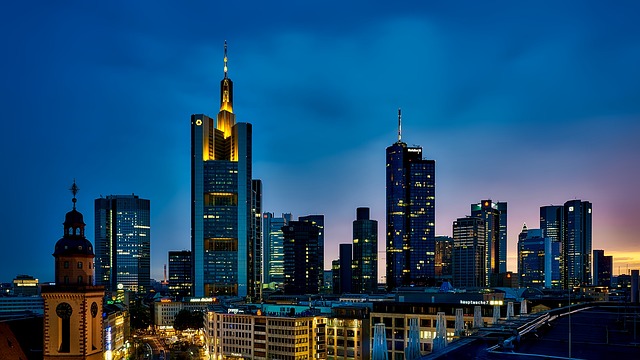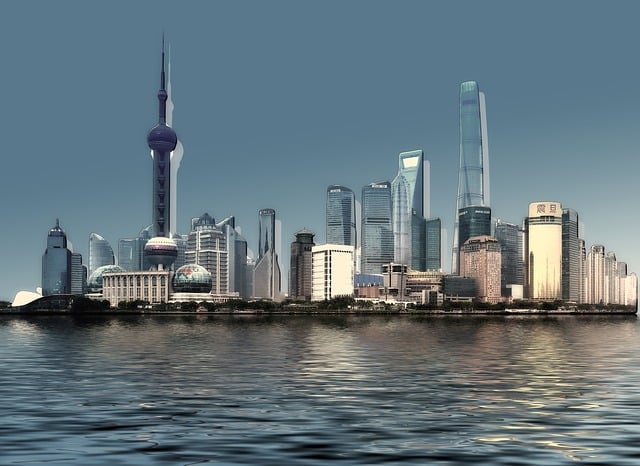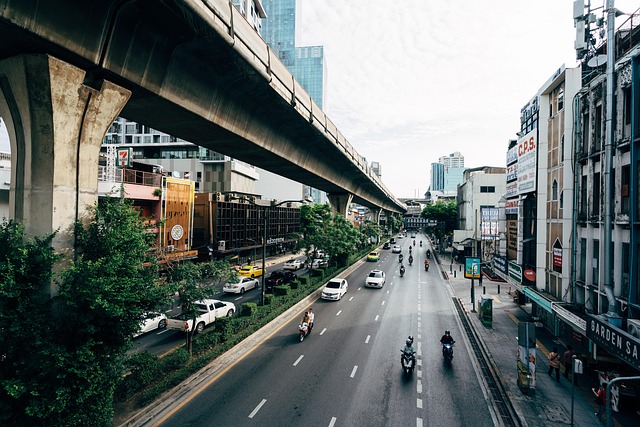Karachi's streets, like Shahra-e-Qaideen and Tariq Road, tell stories of Pakistan's history and culture. These names honor revolutionary figures and events, showcasing the city's resilience and past struggles for independence. From its bustling markets to scenic beauty, Karachi's contrasting routes offer a unique glimpse into its complex tapestry and evolving modern landscape.
Karachi, Pakistan’s vibrant metropolis, boasts iconic streets that tell tales of its rich history and diverse culture. In this article, we explore a captivating comparison between Shahra-e-Qaideen and Tariq Road—two distinct routes that have shaped the city’s identity. Discover how these avenues, named after pivotal figures and events, reflect Karachi’s past while navigating modern developments, offering a unique glimpse into the heart of Pakistan’s most populous urban center.
- Understanding Karachi's Street Names: A Cultural Lens
- Shahra-e-Qaideen: The Road of Freedom Fighters
- Tariq Road: History and Modernity Collide
- Comparing Iconic Routes: Traffic and Trends
Understanding Karachi's Street Names: A Cultural Lens
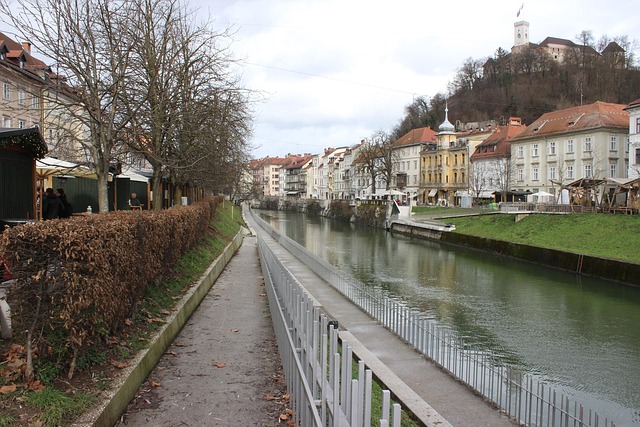
Karachi, Pakistan’s bustling metropolis, is a city of diverse cultures and rich history, reflected in its street names. Shahra-e-Qaideen (Street of Leaders) and Tariq Road are two notable examples that offer a glimpse into the city’s cultural tapestry. “Shahra-e-Qaideen” pays homage to influential leaders and revolutionaries who have shaped Karachi’s narrative, while “Tariq Road” is named after a prominent historical figure or event, often symbolizing resilience and progress.
These names serve as more than just designations; they are a window into the city’s collective memory and identity. By exploring the cultural significance behind these street names, visitors and residents alike can gain a deeper understanding of Karachi’s complex history and its people’s enduring spirit.
Shahra-e-Qaideen: The Road of Freedom Fighters
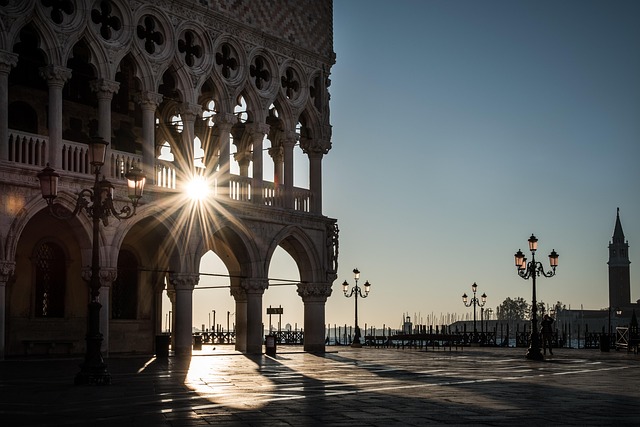
Shahra-e-Qaideen, meaning “Road of Freedom Fighters,” is a street in Karachi that carries an iconic status within the city’s historical narrative. This thoroughfare has been a witness to the struggles and triumphs of Pakistan’s freedom movement, making it a symbol of resilience and patriotism. The road is adorned with landmarks that pay homage to the valiant efforts of those who fought for the nation’s independence from British colonial rule.
Here, iconic buildings stand tall, recounting stories of courage and sacrifice. It was along these very streets that political rallies and protests gained momentum, leading up to Pakistan’s creation in 1947. The road has since become a vibrant cultural hub, reflecting Karachi’s diverse tapestry, while also preserving the memories of its revolutionary past.
Tariq Road: History and Modernity Collide
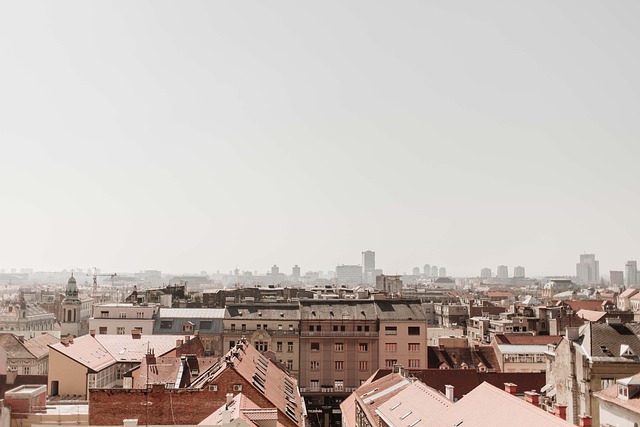
Tariq Road, a historic thoroughfare in Karachi, Pakistan, stands as a testament to the city’s rich past and its journey towards modernity. Originally known for its vibrant bazars and bustling markets, it has evolved over centuries, reflecting the dynamic nature of this metropolis. The road, named after the famous Tariq dynasty that once ruled the region, has witnessed the rise and fall of various empires, each leaving its imprint on the city’s landscape.
Today, as Karachi continues to grow and modernize, Tariq Road still holds significance. It remains a vital commercial hub, showcasing a unique blend of traditional shops and contemporary businesses. The road’s historical charm coexist peacefully with modern architecture, highlighting the city’s ability to embrace change while preserving its heritage. This dynamic balance has made Tariq Road a popular destination for both locals and tourists seeking a glimpse into Karachi’s complex history and its thriving present.
Comparing Iconic Routes: Traffic and Trends
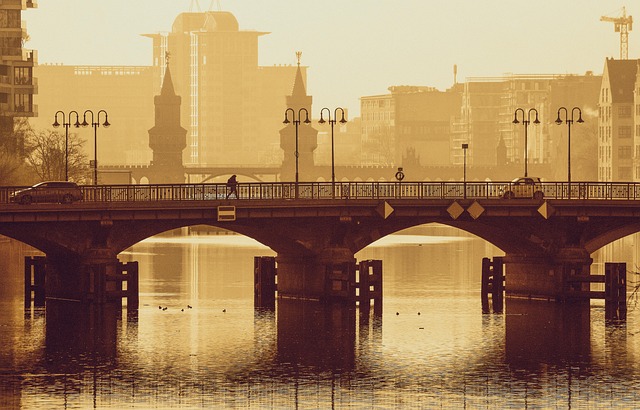
In Karachi, Shahra-e-Qaideen and Tariq Road stand as two iconic routes that have evolved over time, reflecting the city’s changing traffic patterns and trends. Shahra-e-Qaideen, known for its scenic beauty and strategic location, has become a preferred route for both locals and tourists alike. Its wide lanes and lush greenery make it a peaceful escape from the bustling metropolis, attracting those seeking a balanced blend of nature and urban accessibility.
On the other hand, Tariq Road, a historic thoroughfare, has seen significant transformations to cater to Karachi’s ever-growing population. With a mix of commercial hubs, residential areas, and vibrant markets, this route is characterized by high traffic density during peak hours. Despite the challenges posed by heavy congestion, Tariq Road remains an indispensable artery for the city’s economy and social life, showcasing Karachi’s dynamic and multifaceted nature.
Karachi’s diverse street names, like Shahra-e-Qaideen and Tariq Road, tell stories of its rich history and evolving culture. While Shahra-e-Qaideen honors freedom fighters, Tariq Road symbolizes the blend of historical significance and modern vibrancy that defines the city. Understanding these routes offers a unique perspective into Karachi’s past, present, and future, making each street corner a testament to the metropolis’s indelible character.
